“The use of color in my paintings is of paramount importance to me. Through color I have sought to concentrate on beauty and happiness, rather than on man’s inhumanity to man.”
Alma Thomas
Alma Woodsey Thomas (1892-1978) is an exceptional artist who lived and worked in the family house on Logan Circle in Washington, DC, from 1907 until her death in 1978. She was born in Columbus, Georgia. Her parents were well educated and her father owned a store, her mother was a dress maker. Their home was a meeting place for artists and writers such as Booker T. Washington. The family moved to Washington in 1907 to provide a better and safer environment for the family.
In an interview in 1972, Thomas remarked, “When I was a little girl in Columbus, there were things we could do and things we couldn’t…One of the things we couldn’t do was go into museums, let alone think of hanging our pictures there. My, times have changed. Just look at me now.” Alma Thomas’s paintings hang in prestigious homes and museums all over the world, including the Obama White House.
After graduating from High School in 1911, Thomas earned her teaching certificate, and taught at various schools including in Princess Anne on the Eastern Shore. Thomas graduated from Howard University in 1924. She was the first person to graduate in art. She taught at Shaw Junior High School Washington from 1925 until 1960: “I was there for thirty-five years and occupied the same classroom.” During those years she started several art projects for children and Black artists, and she was a founding member of the Barnett-Aden Gallery, the first modern art gallery in Washington DC. Thomas was a pioneer in the Washington Color School (1950s through 1970s) along with Morris Louis, Gene Davis, Kenneth Noland, and Sam Gilliam. To continue her studies in art she was mentored from 1950 until 1960 by Jacob Kainen, a well-known artist and professor at American University. In 1960, at sixty-eight, Thomas retired from teaching in order to make art full-time. Her style had developed and was based on her observation of nature and color: “Man’s highest aspirations come from nature. A world without color would seem dead. Color is life. Light is the mother of color.”
Thomas began to suffer from arthritis in 1964, and she decided to stop painting. When she was offered her first solo exhibition at Howard University in 1967, she said, “I decided to try to paint something different from anything I’d ever done. Different from anything I’d ever done/seen. I thought to myself, that must be accomplished.” In an interview in 1968: “So, I sat down right in that chair… and I looked at the window, and you can see exactly what I saw, right before my eyes, from where I was sitting in the chair. Why, the tree! The holly tree! I looked at the tree in the window, and that became my inspiration. That tree changed my whole career, my whole way of thinking.”
“Iris, Tulips, Jonquils, and Crocuses” (1969) (acrylic) (60” x 50”) (NMWA), is a wonderful example of what Thomas saw. She began by drawing shapes and patterns lightly in pencil on the canvas and then painting in the colors with acrylic paint. Pencil marks still can be seen when works are closely observed. Thomas rendered each flower or petal with a single brush stroke, arranging the petals in a pleasing and brilliant color pattern. The vertical composition recognizes the growth of flowers from earth to the, and the five-foot height of the canvas allows the viewer to experience the exhilaration of growth.
Rachel Ruysh’s “Convolvulus, Poppies and Other Flowers in an Urn on a Stone Ledge” (1680) (42”x 33”), also on view at the National Museum of Women in the Arts, provides an interesting contrast between Seventeenth-Century Dutch painting and Twentieth-Century American abstraction. Ruysch renders each flower in precise detail and places the flowers in an artful but artificial arrangement in a dark interior setting. Thomas’s flowers are suggested by their brilliant colors, and they breath in an atmosphere of sunlight and air. Both are masterpieces of their time but give the viewer different ways to appreciate flowers, just as gardeners and florists have the same purpose, to show off their flowers to their best possible advantage.
“Alma’s Flower Garden” (1970) presents an array of multicolored blooms arranged and planted by color contrast, not in the more orderly arrangement seen in her other paintings. This is the only painting she made of her own flower garden. The complementary colors of orange and blue, purple and yellow, and red and green can be observed. The piece has had an interesting history that mirrors the rise of Thomas’s popularity. The painting was purchased in 2008 by the Greenville County Museum of Art in South Carolina for $135.000. It was sold again in 2021 to an unidentified buyer for $2.8 million. Thomas had several firsts in her career, and each brought her greater fame and popularity. For example, in 1972 she was the first African-American woman artist to be given a one-person exhibition at the Whitney Museum in New York.
Thomas began adding musical titles in 1972. Concertos, Cantatas, Rhapsodies, Symphonies, Songs and Chants. “White Daisies Rhapsody” (1973) (38” x50”) (SAAM) depicts white brush petals arranged like a mosaic over a blue-green background; added sparks of yellow that pop reveal the bright yellow centers. Full of sunlight and fresh air, the painting is quiet and peaceful. Encouraging viewers to reflect on a time and place in their lives where flowers and sunlight brought happiness.
An article about a Washington DC artist who paints flowers would not be complete without a view of cherry blossoms. “Cherry Blossom Symphony” (1973) (69” x54”) allows the viewer to enjoy cherry trees in flower all year long. Thomas’s daisies were painted in a horizontal format as we would view a patch of daisies, and Thomas has given us a vertical view of the cherry tree in bloom. Thomas’s titles inspire happy thoughts. “Azaleas Sway with the Breeze,” “Wind Dancing with Spring Flowers,” “Deep Red Rose Cantata,” and “Wind and Crepe Myrtle Concerto” reflect the beauty of her art and her thoughts.
Thomas was actively aware of current events, and the Apollo missions of 1969 through 1972 caught her imagination and inspired a series of sky paintings. “Apollo 12 Splash Down”, “Blast Off”, “Starry Nights and the Astronauts”, and “Snoopy Sees Earth Wrapped in Sun Set” are some examples of the titles and the works were another great success for her. Some are owned and are on display at the National Air and Space Museum. This is a topic for a second SPY article.
Alma Thomas died in Howard University Hospital in 1978 at the age of eighty-six. She never married but had an active social life. Her works continue to be exhibited and values continue to increase. Two major exhibitions of her work are scheduled in 2021 and 2023. The 2021 exhibition titled “Everything is Beautiful” will begin at the Columbus Museum of Art, in Georgia and will travel to the Phillips Collection in Washington, DC, at a later date. A large number of Thomas’s paintings are owned by the Smithsonian American Art Museum (SAAM), where a major Alma Thomas exhibition is scheduled for 2023. A painter of color, she said, “Color is life. Light reveals to us the spirit and living soul of the world through colors.
Beverly Hall Smith was a professor of art history for 40 years. Since retiring with her husband Kurt to Chestertown six years ago, she has taught art history classes at WC-ALL and Chesapeake College’s Institute for Adult Learning. She is also an artist whose work is sometimes in exhibitions at Chestertown RiverArts and she paints sets for the Garfield Center for the Arts.
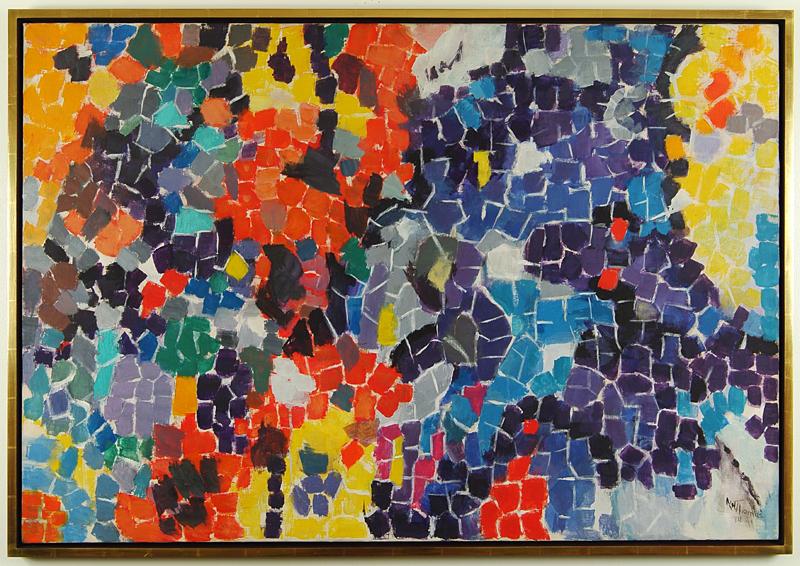




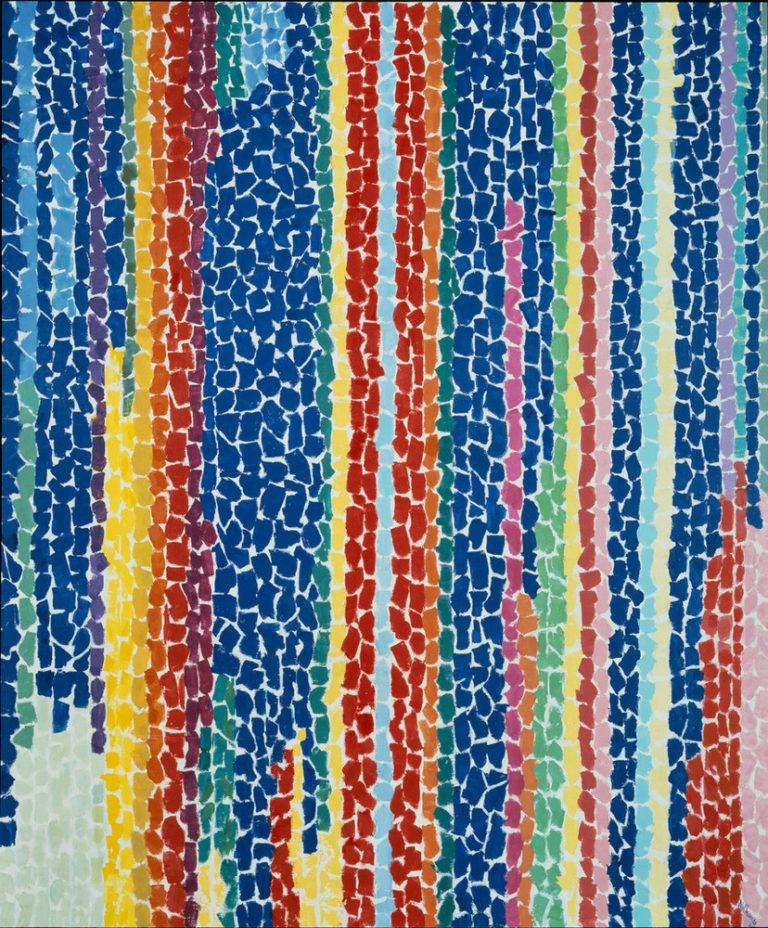
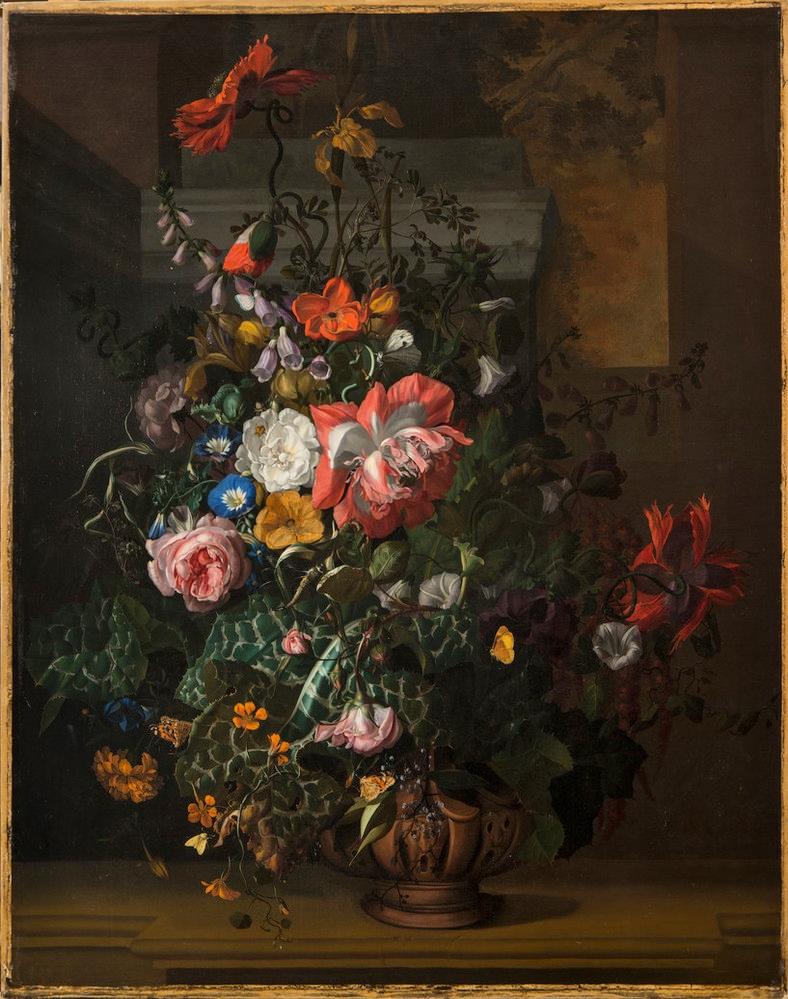

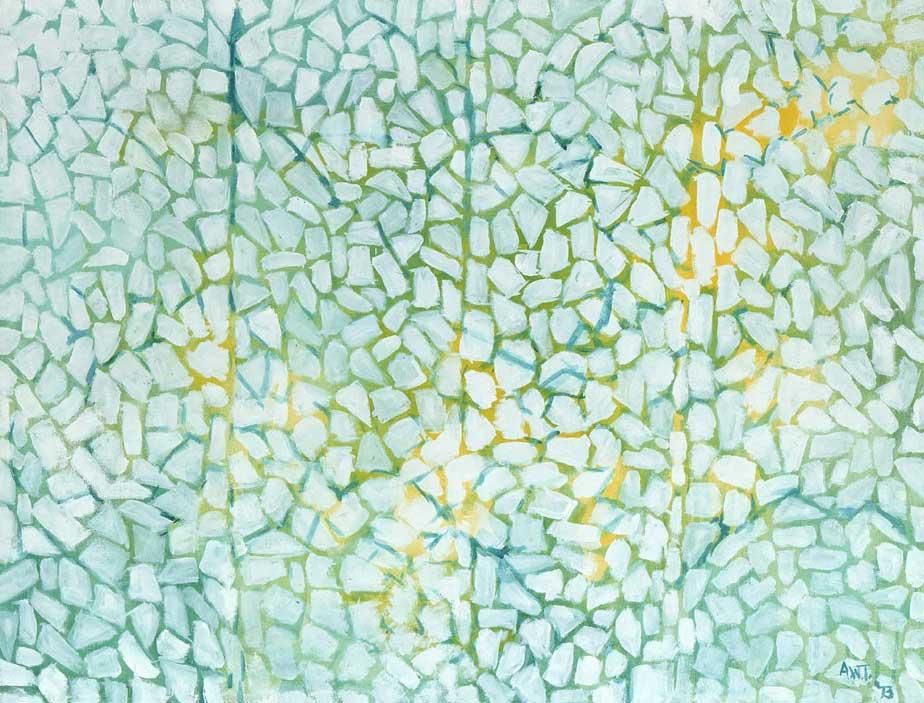
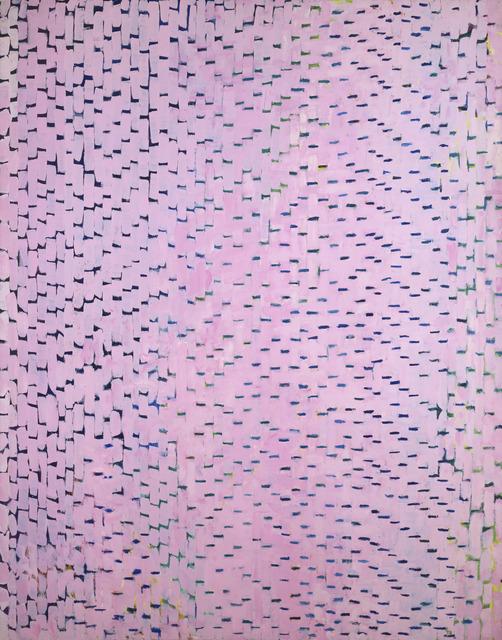
Write a Letter to the Editor on this Article
We encourage readers to offer their point of view on this article by submitting the following form. Editing is sometimes necessary and is done at the discretion of the editorial staff.